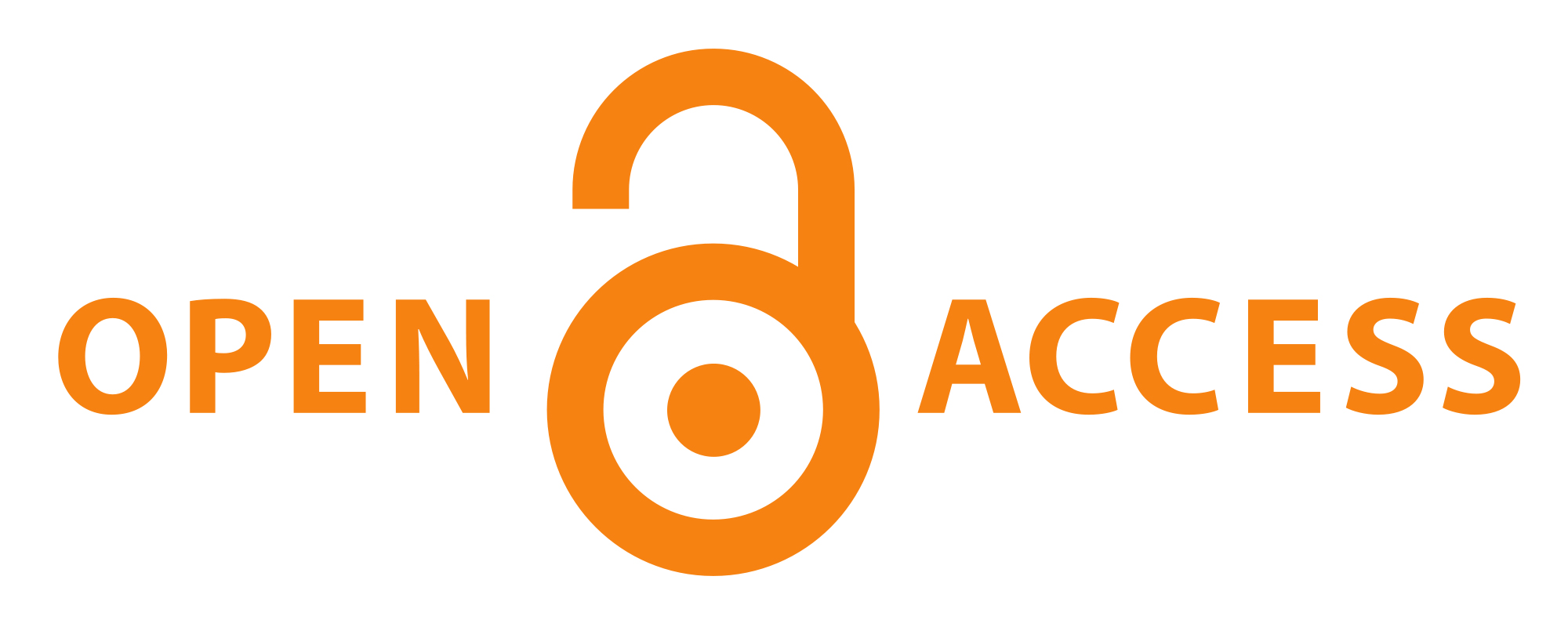Approximations of Theories of Unars
DOI:
https://doi.org/10.31489/2025m3/176-183Keywords:
pseudofinite theory, pseudofinite structure, strongly minimal unar, smoothly approximated structure, unar, Collatz Hypotesis, connected unar, bounded unar, ω-categorical unarAbstract
Lo´s’s theorem states that a first-order formula holds in an ultraproduct of structures if and only if it holds in “almost all” factors, where “almost all” is understood in terms of a given ultrafilter. This fundamental result plays a key role in understanding the behavior of first-order properties under ultraproduct constructions. Pseudofinite structures – those that are elementarily equivalent to ultraproducts of finite models–serve as an important bridge between the finite and the infinite, allowing the transfer of finite combinatorial intuition to the study of infinite models. In the context of unary algebras (unars), a classification of unar theories provides a foundation for analyzing pseudofiniteness within this framework. Based on this classification, a characterization of pseudofinite unar theories is obtained, along with several necessary and sufficient conditions for a unar theory to be pseudofinite. Furthermore, various forms of approximation to unar theories are investigated. These include approximations not only for arbitrary unar theories but also for the strongly minimal unar theory. Different types of approximating sequences of finite structures are examined, shedding light on the model-theoretic and algebraic properties of unars and enhancing our understanding of their finite counterparts.
References
Ivanov, A.A. (1984). Complete theories of unars. Algebra and Logic, 23(1), 36–55. https://doi.org/10.1007/BF01979698
Baisalov, E.R., Meirembekov, K.A., & Nurtazin, A.T. (2006). Opredelimo minimalnye modeli [Definably-minimal models]. Teoriia modelei v Kazakhstane: sbornik nauchnykh rabot, posviashchennyi pamiati A.D. Taimanova — Model Theory in Kazakhstan: collection of scientific works, dedicated to the memory of A.D. Taimanov, 140–157 [in Russian].
Kulpeshov, B.Sh., & Sudoplatov, S.V. (2022). Properties of ranks for families of strongly minimal theories. Siberian Electronic Mathematical Reports, 19(1), 120–124. https://doi.org/10.33048/semi.2022.19.011
Kulpeshov, B.S. (2016). On almost binarity in weakly circularly minimal structures. Eurasian Mathematical Journal, 7(2), 38–49.
Akhmetbaev, D.S., Dzhandigulov, A.R., & Akhmetbaev, A.D. (2019). Topological algorithm for forming nodal stresses of complex networks energy systems. E3S Web of Conferences, 139, 01066. https://doi.org/10.1051/e3sconf/201913901066
Akhmetbayev, D.S., Dzhandigulov, A.R., & Bystrova, S.V. (2020). Topological system method of formation of transformer transformation coefficients. In E3S Web of Conferences, 216, 01087. https://doi.org/10.1051/e3sconf/202021601087
Akhmetbaev, D.S., Jandigulov, A.R., & Akhmetbaev, A.D. (2024). Improving algorithms for searching for trees of directed graphs of electrical power systems. Power Technology and Engineering, 58, 349–355. https://doi.org/10.1007/s10749-024-01819-6
Baisalov, E.R., & Aljouiee, A. (2020). Surjective quadratic Jordan algebras. Eurasian Mathematical Journal, 11(2), 19–29. https://doi.org/10.32523/2077-9879-2020-11-2-19-29
Emel’yanov, D.Y., Kulpeshov, B.S., & Sudoplatov, S.V. (2020). Algebras of binary formulas for compositions of theories. Algebra and Logic, 59, 295–312. https://doi.org/10.1007/s10469-020-09602-y
Ax, J. (1968). The elementary theory of finite fields. Annals of Mathematics, 88(2), 239–271. https://doi.org/10.2307/1970573
Sudoplatov, S.V. (2017). Combinations related to classes of finite and countably categorical structures and their theories. Siberian Electronic Mathematical Reports, 14, 135–150. https://doi.org/10.17377/semi.2017.14.014
Sudoplatov, S.V. (2020). Approximations of theories. Siberian Electronic Mathematical Reports, 17, 715–725. https://doi.org/10.33048/semi.2020.17.049
Markhabatov, N.D. (2022). Approximations of acyclic graphs. The Bulletin of Irkutsk State University. Series Mathematics, 40, 104–111. https://doi.org/10.26516/1997-7670.2022.40.104
Markhabatov, N.D., & Sudoplatov, S.V. (2019). Algebras for definable families of theories. Siberian Electronic Mathematical News, 16, 600–608. https://doi.org/10.33048/semi.2019.16.037
Markhabatov, N.D., & Sudoplatov, S.V. (2021). Topologies, ranks, and closures for families of theories. II. Algebra and Logic, 60(1), 38–52. https://doi.org/10.1007/s10469-021-09626-y
Kantor, W.M., Liebeck, M.W., & Macpherson, H.D. (1989). ℵ0-categorical structures smoothly approximated by finite substructures. Proceedings of the London Mathematical Society, 59, 439–463, https://doi.org/10.1112/plms/s3-59.3.439
Wolf, D. (2020). Multidimensional exact classes, smooth approximation and bounded 4-types. The Journal of Symbolic Logic, 85(4), 1305–1341. https://doi.org/10.1017/jsl.2020.37
Alimbaev, A.A., Nauryzbaev, R.Z., & Umirbaev, U.U. (2020). On the automorphisms of a free Lie algebra of rank 3 over an integral domain. Siberian Mathematical Journal, 61(1), 1–10. https://doi.org/10.1134/S0037446620010012
Nauryzbaev, R. (2015). On Generators of the Tame Automorphism Group of Free Metabelian Lie Algebras. Communications in Algebra, 43(5), 1791–1801. https://doi.org/10.1080/00927872.2013.876038
Shishmarev, Yu.E. (1972). Categorical theories of a function. Matematicheskie Zametki, 11, 58–63. https://doi.org/10.1007/BF01366918
Woodrow, R.E., (1976). Theories with a finite number of countable models and a small language. PhD Thesis. Ottawa.
Cherlin, G., Harrington L., & Lachlan, A.H. (1985). ℵ0-categorical. ℵ0-stable structures, Ann. Pure Appl. Logic, 28(2), 103–135, https://doi.org/10.1016/0168-0072(85)90023-5
Zil’ber, B. (1981). K probleme konechnoi aksiomatiziruemosti teorii, kategorichnykh vo vsekh beskonechnykh moshchnostyakh [On the problem of finite axiomatizability for theories categorical in all infinite powers]. In Baizhanov, B. (Ed.), Issledovaniia po teoreticheskomu programmirovaniiu — Investigations in Theoretical Programming, 69–75. Alma-Ata: Nauka [in Russian].
Stepanova, A.A., Efremov, E.L., & Chekanov, S.G. (2022). On the pseudofiniteness of connected unars. In Efremov, E.L. (Ed.), Syntax and semantics of logical systems: Materials of the 7th International School-Seminar. Vladivostok: Publishing House of the Far Eastern Federal University, 48–49.
Efremov, E.L., Stepanova, A.A., & Chekanov, S.G. (2025). Connected pseudofinite unars. Algebra and Logic, 63, 189–194. https://doi.org/10.1007/s10469-025-09782-5
Stepanova, A.A., Efremov, E.L., & Chekanov, S.G. (2024). Pseudofinite S-acts. Siberian Electronic Mathematical Reports, 21(1), 271–276.
Stepanova, A.A., Efremov, E.L., & Chekanov, S.G. (2025). On T-pseudofinite models of universal theories T. Kazakh Mathematical Journal, 25(2), 19–24. https://doi.org/10.70474/fxyhwj58







